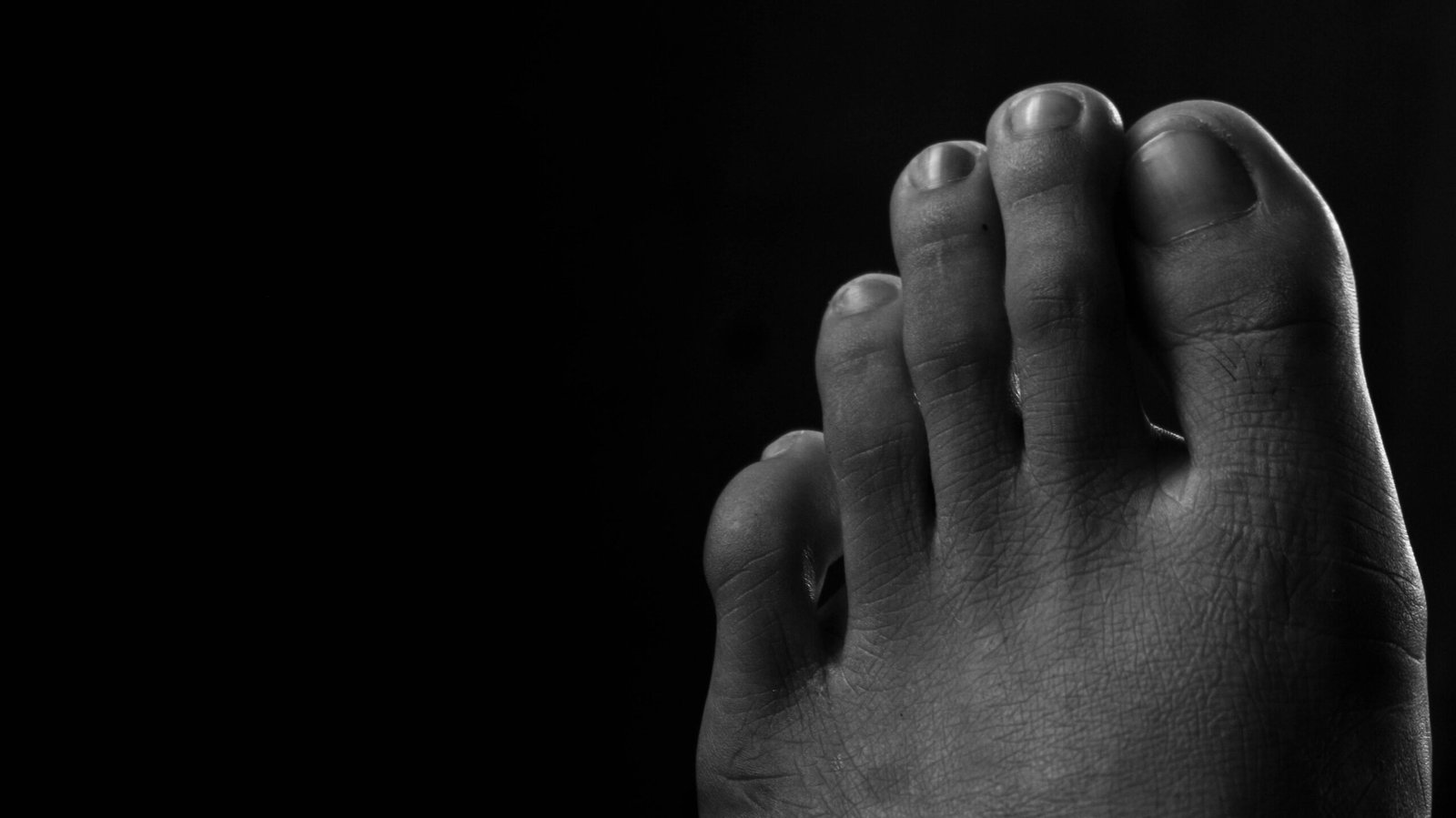How Do You Know When A Gout Attack Is Coming?
How do you know when a gout attack is coming? It's important to recognize the signs and symptoms of an impending gout flare-up so that you can take action to manage the condition effectively. In this article, we will discuss the common warning signs of a gout attack and provide tips on how to prevent and treat them.
Understanding Gout: A Brief Overview
Before we delve into the signs of an oncoming gout attack, let's first understand what gout is. Gout is a type of arthritis that occurs when uric acid crystals build up in the joints, causing inflammation and severe pain. The big toe is the most commonly affected joint, but gout can also occur in the ankles, knees, wrists, and elbows.
If you have gout, you may experience sudden and intense pain, redness, swelling, and tenderness in the affected joint. Gout attacks can last for a few days to a few weeks and may recur if the underlying causes are not addressed.
What Causes Gout?
Gout is primarily caused by high levels of uric acid in the blood, a condition known as hyperuricemia. Uric acid is a waste product that is normally excreted from the body through urine. However, if your body produces too much uric acid or if your kidneys are unable to eliminate it efficiently, it can accumulate in the blood and form crystals in the joints.
Risk factors for gout include genetics, diet, obesity, certain medications, and underlying health conditions such as kidney disease and high blood pressure. Certain foods high in purine, such as red meat, organ meats, and seafood, can also trigger gout attacks in susceptible individuals.

Signs and Symptoms of an Impending Gout Attack
Now that we have a basic understanding of what gout is and what causes it, let's talk about how to recognize the warning signs of an oncoming gout attack. Early detection of these symptoms can help you take proactive steps to prevent a full-blown flare-up.
1. Joint Pain and Swelling
One of the first signs of an impending gout attack is joint pain and swelling, usually in the big toe. You may feel a sudden onset of intense pain, tenderness, and redness in the affected joint. The pain can be so severe that even the weight of a bedsheet can cause discomfort.
2. Warmth and Redness
The affected joint may feel warm to the touch and appear red or purple in color. This is a result of inflammation caused by the build-up of uric acid crystals in the joint. The warmth and redness may be localized to the joint or extend to the surrounding area.
3. Stiffness and Limited Mobility
During an impending gout attack, you may also experience stiffness and limited mobility in the affected joint. Movement may exacerbate the pain, leading to a reluctance to use the joint. As a result, you may find it difficult to walk, stand, or perform everyday activities.
4. Tophi Formation
In chronic cases of gout, small, white, chalky lumps called tophi may form under the skin around the affected joint. Tophi are deposits of uric acid crystals that can cause pain, inflammation, and disfigurement if left untreated. They are a sign of long-standing uncontrolled gout.
5. Fever and Chills
In some cases, an oncoming gout attack may be accompanied by systemic symptoms such as fever and chills. These symptoms are indicative of a severe inflammatory response in the body and may require medical attention. If you experience a high fever or severe chills along with joint pain, seek medical help immediately.

Managing Gout Attacks: Prevention and Treatment
Once you recognize the signs of an impending gout attack, it's important to take steps to manage the condition effectively. Here are some tips on how to prevent and treat gout attacks:
1. Stay Hydrated
Drinking plenty of water can help prevent the build-up of uric acid in the blood, reducing the risk of gout attacks. Aim to drink at least 8-10 glasses of water a day to stay properly hydrated. Avoid sugary drinks and alcohol, as they can contribute to dehydration and worsen gout symptoms.
2. Follow a Low-Purine Diet
Foods high in purine, such as red meat, organ meats, and seafood, can trigger gout attacks in susceptible individuals. To reduce your risk of flare-ups, limit your intake of these foods and opt for a low-purine diet that includes plenty of fruits, vegetables, whole grains, and lean protein sources.
3. Maintain a Healthy Weight
Being overweight or obese can increase your risk of gout attacks, as excess body fat can contribute to higher levels of uric acid in the blood. To manage gout effectively, aim to maintain a healthy weight through a balanced diet and regular exercise. Consult with a healthcare provider or a registered dietitian for personalized advice on weight management.
4. Avoid Alcohol and Sugary Drinks
Alcohol and sugary drinks can trigger gout attacks by raising uric acid levels in the blood and promoting dehydration. If you have gout, it's best to avoid or limit your consumption of beer, spirits, wine, and sugary beverages. Opt for water, herbal tea, and other low-calorie, hydrating options instead.
5. Take Medications as Prescribed
If you have been diagnosed with gout, your healthcare provider may prescribe medications to help manage the condition. These may include nonsteroidal anti-inflammatory drugs (NSAIDs) to reduce pain and inflammation, colchicine to prevent gout attacks, and urate-lowering therapies to lower uric acid levels in the blood. Take your medications as prescribed and follow up with your healthcare provider regularly to monitor your progress.

When to See a Doctor
If you experience symptoms of an impending gout attack, it's important to seek medical attention promptly. Your healthcare provider can assess your condition, provide a proper diagnosis, and recommend appropriate treatment options. In some cases, untreated gout can lead to complications such as joint damage, kidney stones, and tophi formation.
Seek emergency medical care if you experience:
- Severe joint pain and swelling
- High fever and chills
- Inability to bear weight on the affected joint
- Numbness or tingling in the affected area
Remember, early intervention is key to managing gout effectively and preventing long-term complications. Don't hesitate to reach out to your healthcare provider if you have concerns about your symptoms.

Final Thoughts
In conclusion, recognizing the signs of an impending gout attack is crucial for effective management of the condition. By staying hydrated, following a low-purine diet, maintaining a healthy weight, avoiding alcohol and sugary drinks, and taking medications as prescribed, you can reduce your risk of gout attacks and improve your overall quality of life.
If you suspect that you are experiencing symptoms of a gout attack, don't hesitate to seek medical advice. Your healthcare provider can help you develop a personalized treatment plan to manage your gout and prevent future flare-ups. Remember, you are not alone in this journey – there are resources and support available to help you live well with gout.
